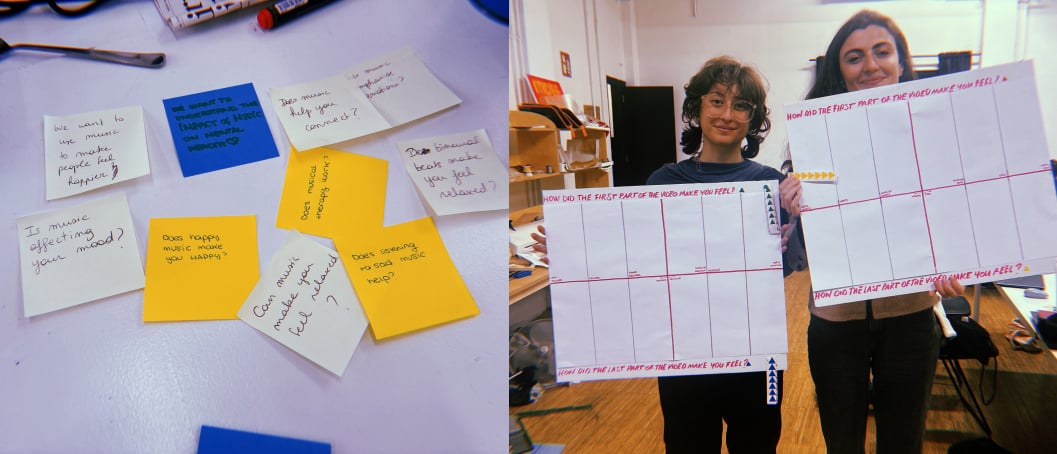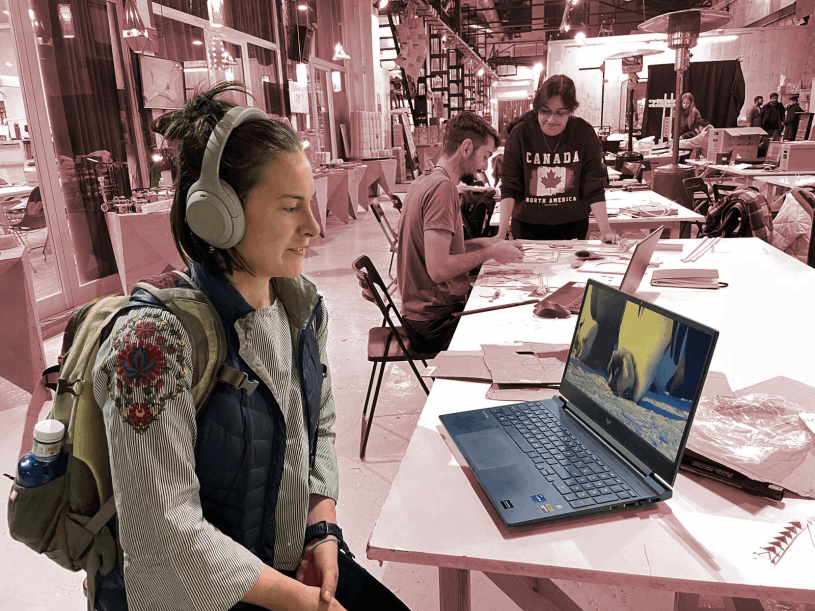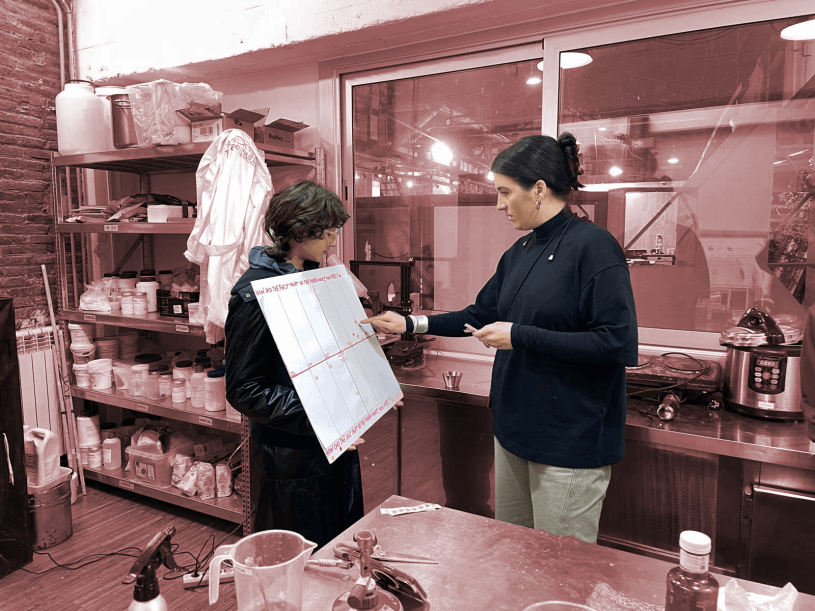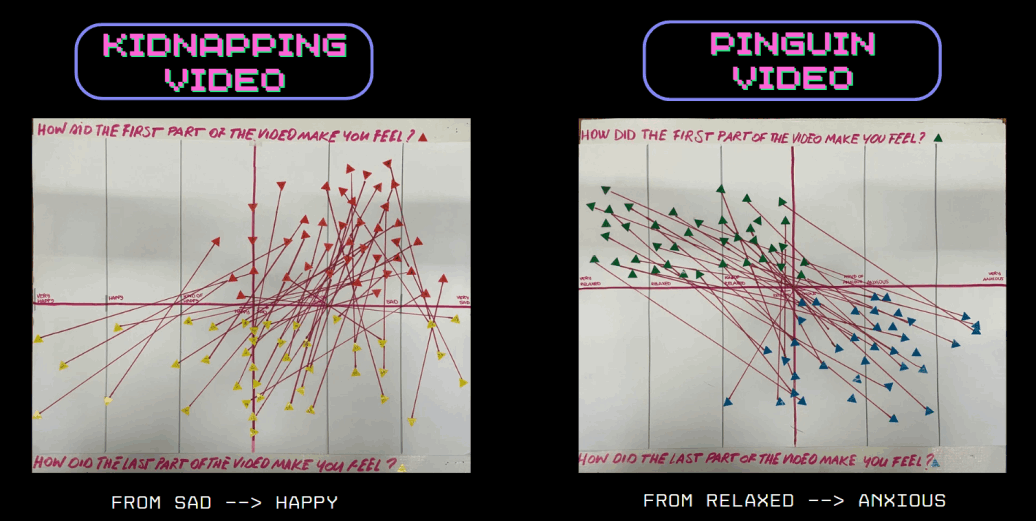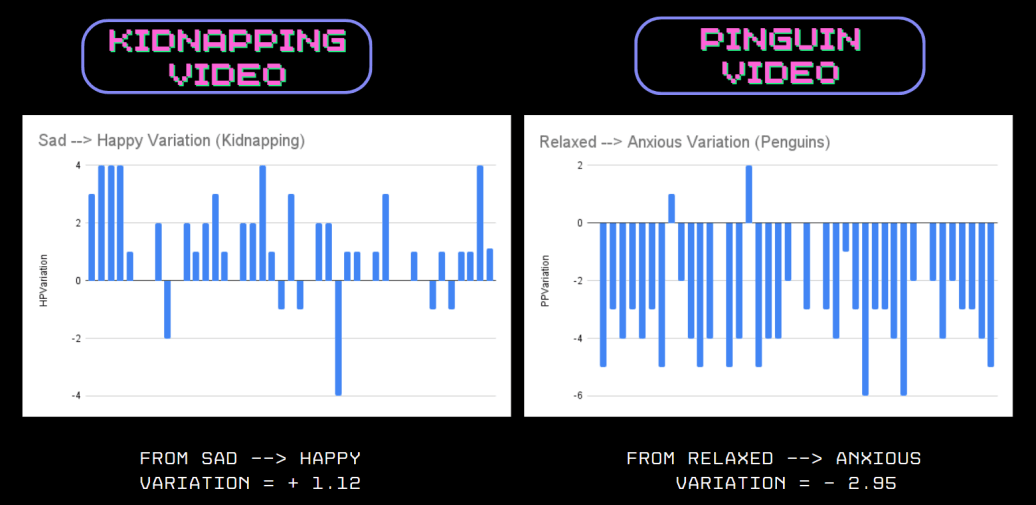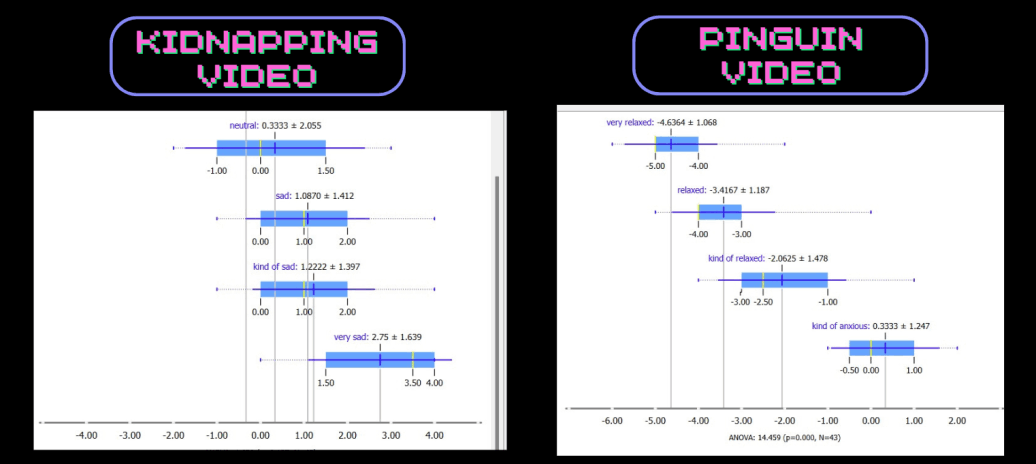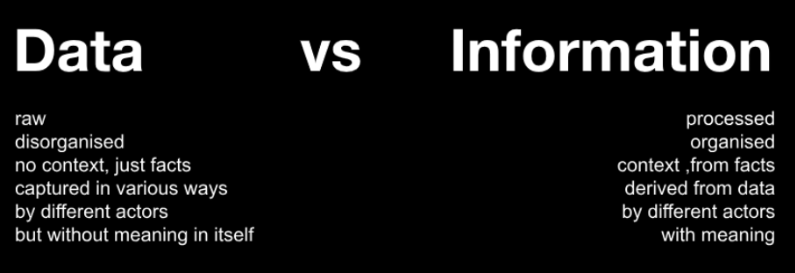
In the first session of the seminar, we explored the relationship between data and information, delving into ethical considerations and real-world examples. It highlighted the shift from raw data to meaningful information, touching on issues such as surveillance capitalism and how it leverages data to exert power and the impact of data on behavior. The session emphasized the importance of understanding the transformative power of data and the ethical implications of its collection and use.

